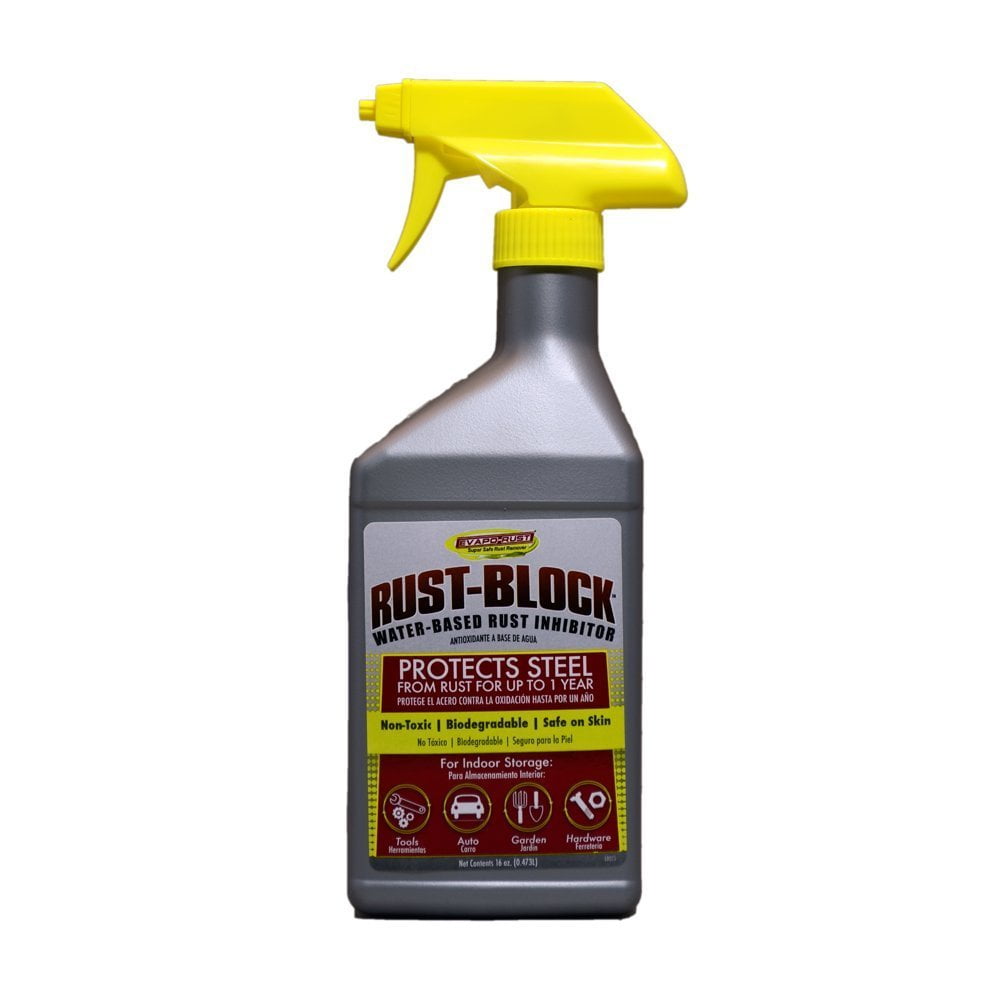

This leaves the car protected in some way, so think about how you can make all of this happen.įortunately, this approach can be accomplished by a do-it-your-self here is a How-to video The recommendation is that these are carried out annually at least, with the Spring months being the ideal point in time to apply this spray. There are scores of them available here and these can be bought at a relatively small cost. So, the majority of rust inhibitors for cars and trucks are sprays that can be applied on a regular basis. The underside of a vehicle is where the corrosion happens and causes the concerning damage. But that is a tiny part of the problem and these don’t look at the real issue. There are some that can be added to gas or oil to stop oxidization inside the engine. They can work from the inside or outside to stop rust at the source. Rust inhibiting coating for cars or trucks are chemical compounds that are added to other liquids in a vehicle to aid the protection against rust. This chapter is subdivided in according to the classification of the inhibitors shown on the Have both actions, cathodic and anodic, and the protective by film adsorption. In general, inorganic inhibitors have cathodic actions or anodic. the mechanism of action as anodic, cathodic or an anodic-cathodic mix and by adsorption.the chemical nature as organic or inorganic.The corrosion inhibitors can be chemicals either synthetic or natural and could be classified Rust inhibitors for cars and trucks – what are they all about? Let’s take a look at what these items mean in reality.

If you are a car owner, then you use your vehicle to transport all that is important to you.Įither way, there is a huge incentive to look into oil-based rustproofing with rust inhibitors for cars and trucks or oil-based rustproofing as a solution to this problem. If you are a business owner, then you want your employees and all in the vehicle to stay safe. You should look at how you can address this to prolong the life of your vehicle and to stay safe on the road. Although there isn’t much, it stops the vehicle from drying out, leaving the acidity from the salt to do a lot of harm to your car. The other issue with road brine is the fact that magnesium is added to the mix, in small quantities. There is a huge worry in this, as corrosion from road brine is linked to tens of thousands of accidents across the United States. The risk is worsened performance and a safety problem that you can’t see unfolding. When we do, the salt sits there, unwashed, and corrodes. Let’s face it – for many of us, there is no choice but to use our vehicle day after day. The salt accelerates the oxidation on the metal chassis and starts a rusting process that accelerates every time you take the car out in these conditions. The acid stays on your car and slowly eats away at the paint and metal. “Which means that your vehicle if magnesium chloride is sprayed on it, is wet constantly,” Baboian said. But magnesium chloride dissolves when there is only about 20 to 30 percent humidity. Rock salt remains a crystal until the humidity reaches 70 percent, which doesn’t happen much during the winter. Car rust and corrosion are caused by acid created when a salt is dissolved by the moisture in the air. Road brine eats away at the underside of your vehicle. But I bet you have never considered oil-based rustproofing with rust inhibitors for cars and trucks to solve a problem. You will even get that winter check before the cold really starts to kick in to make sure you are on top of the maintenance of your vehicle. You may spend time looking after your car on the inside and the bodywork all year around. It used salt and water – the combination known as brine – to stop the road from freezing and provide conditions that are safe to drive in. Road brine looks like quite a natural solution to keeping the roads safe. And the problem is literally eating away at the underside of many cars, trucks and other vehicles across the USA – and the rest of the world at the underside of many cars, trucks and other vehicles across the USA – and the rest of the world.

One that brings the need for rust inhibitors for cars and trucks or oil-based rustproofing to the fore. But there is a hidden cost of using road brine. It stops us from slipping and sliding when out and about taking our children to school or commuting to work. Road brine is a treatment for the highways and local roads of the nation, especially those that experience sub-zero temperatures in the winter. Your car - an investment second only to your home (unless you’ve paid college tuition) - is rotting out from under you.

The Need for Rust Inhibitors for Vehicles in Sub Zero Temperatures


 0 kommentar(er)
0 kommentar(er)
